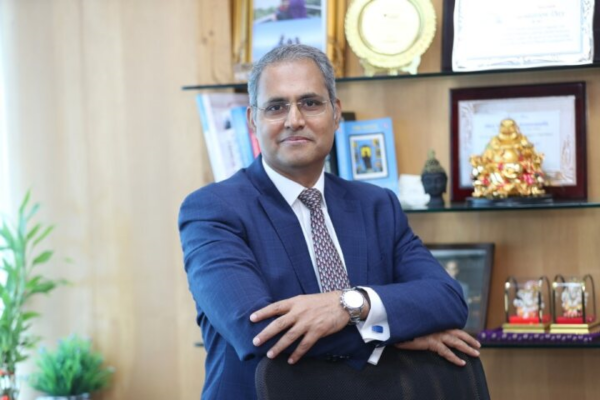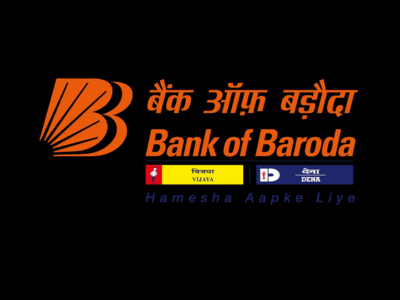Listen to this article
Cafemutual celebrated MF champions at the Cafemutual Confluence 2023 where it announced 26 winning names across five broad categories - SIP, equity inflows, new folios, fintech player and overall business.
Powered by CAMS, these awards applauded the resilience and perseverance of MFDs and NDs who achieved business milestones and identified them as winners based on their quantitative performance during FY 2022-23.
Among banks, Bank of Baroda emerged as the runner up in the Equity Champion - Banks category. The champion Bank recorded gross equity inflows (excluding arbitrage) of Rs 4,622 crore and net inflows of Rs 1,784 crore (excluding arbitrage) in FY 2022-23. 
Sharing what went behind this glorious win, Virendra Somwanshi, Group President and Head - Wealth Management and Capital Markets - Bank of Baroda spoke about key business initiatives and learnings that helped record such impressive numbers.
What are the key factors that have been instrumental in business success?
First and foremost, the Bank has made substantial investments in People, Platforms and Products. Our distribution footprint in terms of Wealth Management business has grown significantly in last couple of years thereby augmenting business.
Secondly, propagation of financial awareness across our distribution network and large client base has also been instrumental in business growth. We constantly endeavour to impart knowledge and raise awareness about various investment products through initiatives such as ‘Thursday Thoughts’ and ‘Expert Insights’. These are knowledge-sharing platforms that help clients understand the nuances of mutual funds and capital markets at large. Additionally, we conduct numerous client conclaves across the country to drive investment know-how and create an engaging environment with our esteemed clients.
In this way, by prioritizing investor education and providing accessible and reliable information, we help clients make informed financial decisions.
What has been your key business learning that helped you strategize your business approach?
Our esteemed clients are at the epicentre of our banking & wealth management value proposition.
It has been our constant endeavour to augment value for clients and we thus undertake various initiatives to evolve our platform, products and processes.
For the past 5 years, the bank has focussed on deploying and staffing the right talent and equipping them with regular and relevant training programs. In terms of platforms, Bank of Baroda has recently launched bob World SmartInvest, a state of the art digital investment platform that facilitates digital KYC registration, seamless client on-boarding, transaction execution and detailed review of investment portfolios.
Talking about products, the bank has relevant investment offerings like Mutual Funds, Portfolio Management Services (PMS) and Alternative Investment Funds (AIF) among others that clients can opt for, basis their financial goals and aspirations. Moreover, we has also instituted a centralised technology-enabled digital hub that offers virtual banking and wealth management services to clients.
All-in-all, innovations and investments across people, platforms and products have helped not only the bank to scale its wealth management business but, more importantly, has helped clients achieve their financial goals.
Talking about the trend observed in household savings, as per RBI FY 2022-23 data, only 6% of household savings are in mutual funds as against 35% in bank deposits. Why is the gap so vast here? Also, as a banker do you see this trend changing going forward?
Historically, bank deposits have been the staple investment avenue for Indian households on account of fixed returns and capital protection. Even today, they are a great investment avenue for a large segment of clients wanting predictable returns and low volatility.
In our view, there is a clear theme of financialization of investments and assets as far as India is concerned. Both mutual funds and fixed deposits will continue to grow and find favour with clients based on risk appetite and investment objectives.
While the share of mutual funds in terms of percentage of household savings is still comparatively low at 6%, it is important to highlight that it has grown sharply from 2.6% in FY 2019-20. Factors like investor awareness initiatives of AMFI, distributors and asset management companies, democratization of mutual funds beyond HNI clients, popularity of SIPs, and enablement of the business through technology and invest-tech platforms will act as catalysts in augmenting mutual fund penetration.
Overall, we foresee a J curve trajectory in the growth of mutual fund AUM and its share in Indian household savings doubling in the next 5-7 years.








